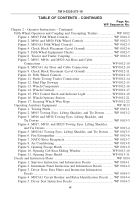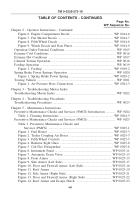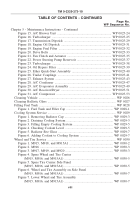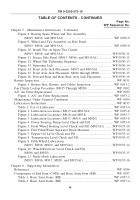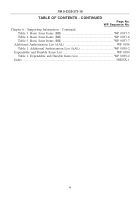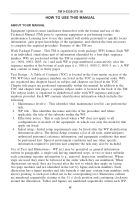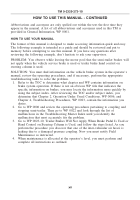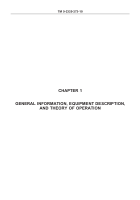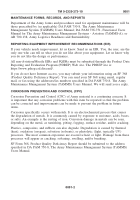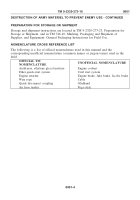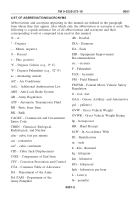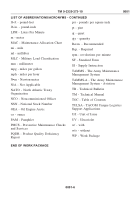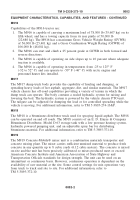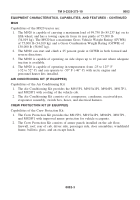TM-9-2320-273-10 - Page 30 of 452
MAINTENANCE FORMS, RECORDS, AND REPORTS
Department of the Army forms and procedures used for equipment maintenance will be
those prescribed by (as applicable) DA PAM 750-8, The Army Maintenance
Management System (TAMMS) Users Manual; DA PAM 738-751, Functional Users
Manual for The Army Maintenance Management Systems - Aviation (TAMMS-A); or
AR 700-138, Army Logistics Readiness and Sustainability.
REPORTING EQUIPMENT IMPROVEMENT RECOMMENDATIONS (EIR)
If your vehicle needs improvement, let us know. Send us an EIR. You, the user, are the
only one who can tell us what you do not like about your equipment. Let us know why
you do not like the design or performance.
All non-Aviation/Missile EIRs and PQDRs must be submitted through the Product Data
Reporting and Evaluation Program (PDREP) Web site. The PDREP site is:
If you do not have Internet access, you may submit your information using an SF 368
(Product Quality Deficiency Report). You can send your SF 368 using email, regular
mail, or fax using the addresses/fax numbers specified in DA PAM 750-8, The Army
Maintenance Management System (TAMMS) Users Manual. We will send you a reply.
CORROSION PREVENTION AND CONTROL (CPC)
Corrosion Prevention and Control (CPC) of Army materiel is a continuing concern. It
is important that any corrosion problems with this item be reported so that the problem
can be corrected and improvements can be made to prevent the problem in future
items.
Corrosion specifically occurs with metals. It is an electrochemical process that causes
the degradation of metals. It is commonly caused by exposure to moisture, acids, bases,
or salts. An example is the rusting of iron. Corrosion damage in metals can be seen,
depending on the metal, as tarnishing, pitting, fogging, surface residue, and/or cracking.
Plastics, composites, and rubbers can also degrade. Degradation is caused by thermal
(heat), oxidation (oxygen), solvation (solvents), or photolytic (light, typically UV)
processes. The most common exposures are excessive heat or light. Damage from these
processes will appear as cracking, softening, swelling, and/or breaking.
SF Form 368, Product Quality Deficiency Report should be submitted to the address
specified in DA PAM 750-8, The Army Maintenance Management System (TAMMS)
Users Manual.
TM 9-2320-273-10
0001
0001-2
Back to Top

